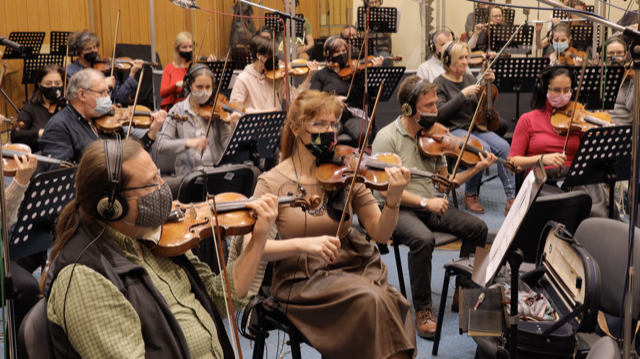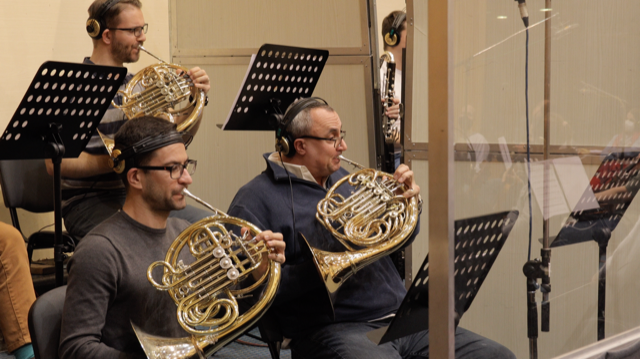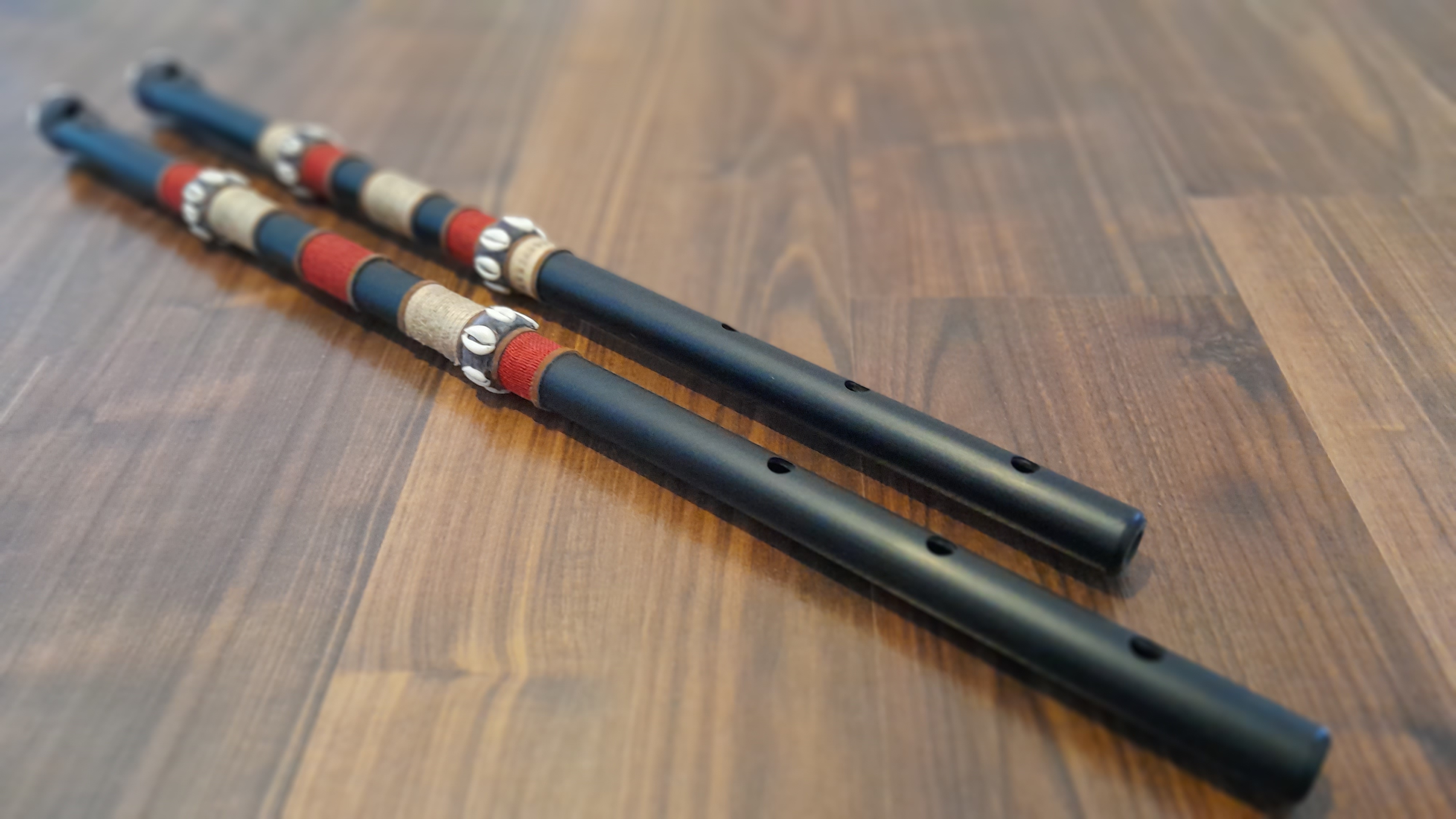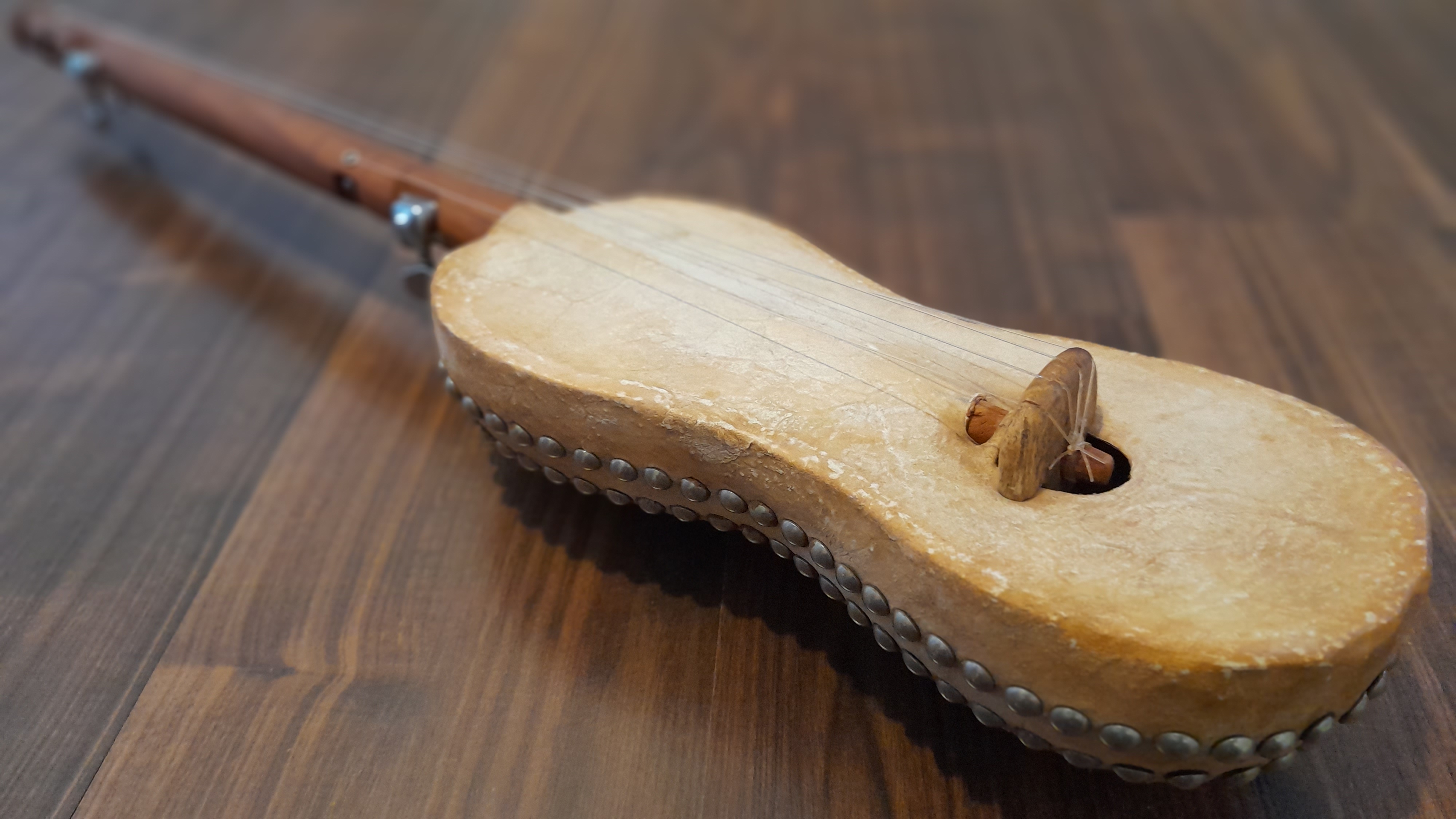Music of the Ottoman and Malian Civilizations
The soundtrack to this exciting new game continues
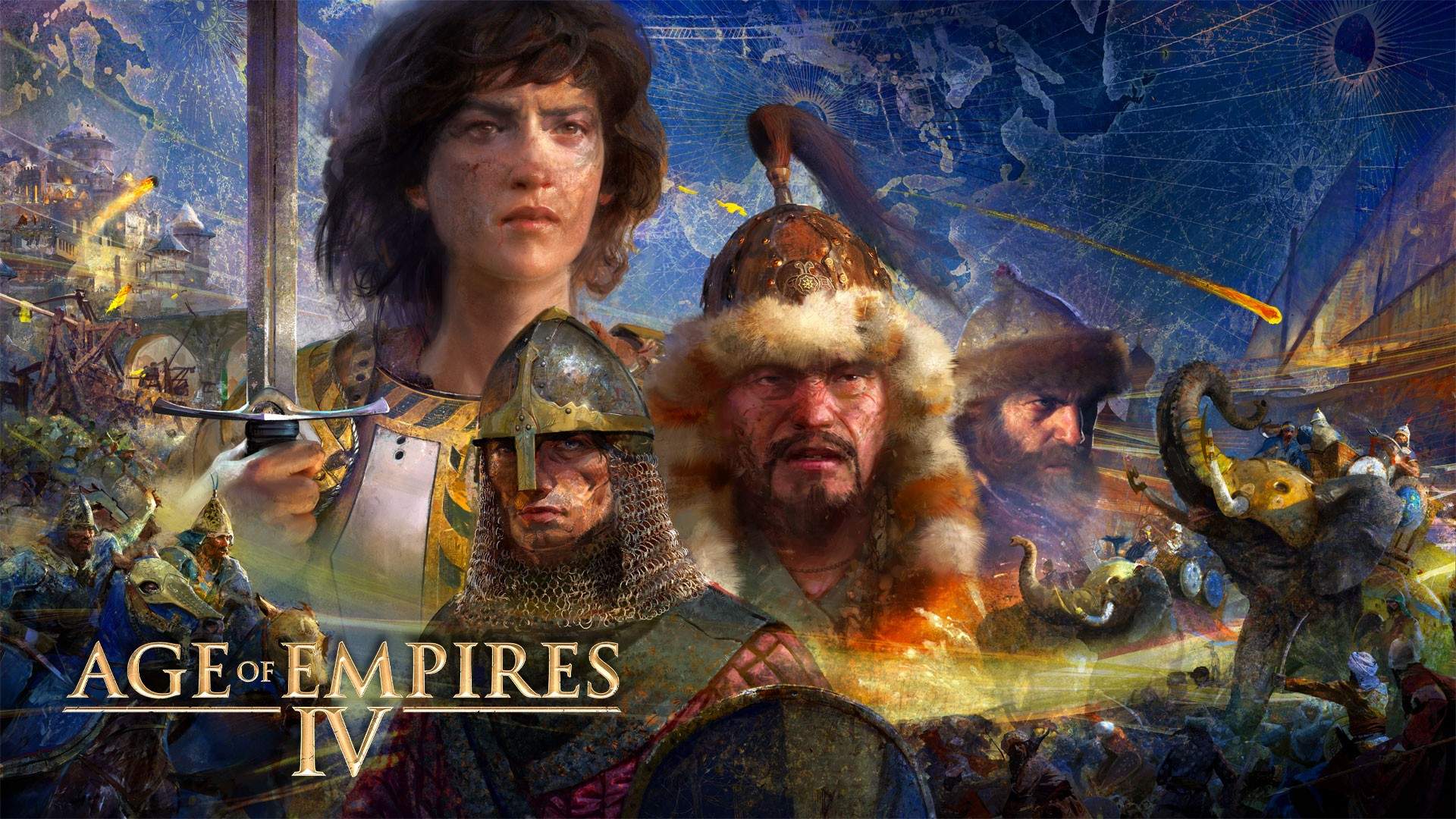
Project: Age of Empires IV
Client: Relic Entertainment, World’s Edge
We Did: Music Composition • Orchestra, Choir, Soloist Recordings
The fourth entry in the beloved series, the long-awaited Age of Empires IV came to desktops everywhere in October 2021. It quickly received critical acclaim and won the Best Sim/Strategy Game at the Game Awards 2021. Dynamedion proudly provided much of the soundtrack for the initial release and was asked to continue cooperation for the latest DLC Anniversary Update in October 2022: the Ottomans and the Malians.
The original soundtrack has been lauded as one of the most engaging for real-time-strategy games. Leana Hafer of IGN wrote in her review, “…the music and sound design are great across the board. Traditional instruments and melodies evoking the spirit of each faction start out simple and build to something more epic as you advance through the ages.”
For the music of the Ottomans and Malians, Dynamedion composers Christian Wirtz, Alexander Röder, Henning Nugel and Armin Haas set to the task.
A balance of authenticity
Lin Gardiner, Relic’s music lead for the project, did an immense amount of research to make the game sound authentic and historical. “Gardiner is a wonderfully studied musical person, her attention to detail is key here,” team composer Christian Wirtz says. “She knows how this should all work and the interactive system is as complex as it gets.” Before any composer begins their work on the project, Lin briefs them quite thoroughly on the unique sounds and instruments of the civ.
At the same time, the authenticity was balanced with a sense of gaming sound design. Christian discusses the sound they were trying to achieve: “We are incorporating the musical elements as authentically as we possibly can. Whilst at the same time they have to work in the greater game design picture of the Age of Empires IV gameplay. So we are including it in a similar way to what film music does by combining orchestral music with the traditional instruments and playing styles. The big symphony orchestra typically comes in when the player reaches the Third Age.”
Adaptive sound
The soundtrack uses a complex course of layering and adapting to the events that a player triggers. “The musical system is really unique,” says team composer Alexander Röder, who worked on the Ottoman music. “Having actually one song for every age, which constantly evolves, goes up and down, rises with the situation and falls with it is something very dynamic.”
“The music at any time can switch between different stages of exploration modes, a little bit of tension, combat, heavy combat, and all kinds of different combinations,” Christian said. “There are variations to everything. There’s intro and exit pieces and traditional transition pieces when a player reaches a new age where the tonality rises and tempo increases.”
The music maintains a level of adaptation for each age. But as the ages advance, there are also new complexities that are introduced. “You want to hear that there’s a progression in music in playing style,” Christian continues. “So yes, it gets more ‘enlightened’ and much bigger in scale and size.”
Read more about Dynamedion and the Age of Empires IV soundtrack here.
The unique system of layering was naturally continued for the new DLC. Though any new composer coming onto the team has their research to do, it makes for interesting work. “I got a little bit late into the Age of Empires IV game and there was certainly a learning curve to getting into this system,” Christian says. “It takes a moment to write something that feels good and can switch over to another layer and mood at any point in the gameplay.”
The Sound of the Ottoman Empire
The soundtrack uses a complex course of layering and adapting to the events that a player triggers. “The musical system is really unique,” says team composer Alexander Röder, who worked on the Ottoman music. “Having actually one song for every age, which constantly evolves, goes up and down, rises with the situation and falls with it is something very dynamic.”
“The music at any time can switch between different stages of exploration modes, a little bit of tension, combat, heavy combat, and all kinds of different combinations,” Christian said. “There are variations to everything. There’s intro and exit pieces and traditional transition pieces when a player reaches a new age where the tonality rises and tempo increases.”
The music maintains a level of adaptation for each age. But as the ages advance, there are also new complexities that are introduced. “You want to hear that there’s a progression in music in playing style,” Christian continues. “So yes, it gets more ‘enlightened’ and much bigger in scale and size.”

Keeping it minimal
The music is planned to have a very minimal, primitive sound in the early ages. As the ages advance, it becomes more and more complex and developed. For the First Age, “there is complete focus on just a few instruments,” Christian says. “When it comes to the Second Age, I introduced the santur, which is the Arabic version of the European hammered dulcimer. It has a wonderfully bright and almost bell-like sound. Also, the rhythms get much more playful in all the instruments. So as a listener you can feel the development.”
Finding the Ottoman Sound
“The musical heritage of the Ottoman Empire is rich,” Christian tells us. “We are still able to listen to classical music played at the Ottoman Imperial Court, for example. It was really important to write for those traditional instruments and to find the right musicians and places to record those.”
“I tried to build nothing less than an empire, musically,” Alexander says. “It had to reflect the Ottoman culture, so I came up with a mixture of melodies in the Arabian scale, a lot of percussion and an orchestra, which more or less glues everything together and gives the music a touch of a more evolved culture for the Fourth Age.”
The music of the Ottoman Turks was heavily influenced by Arabic music, and so this too was an area of study for the soundtrack. “All Arabic music sort of focuses around the string tunings of the oud, so it was interesting to learn it and study and get to know the music and how the tonality works.”
“The instruments and arrangement are very important because Arabic music works a lot differently than the typical Western music system that has a harmonic accompaniment to the melodies and then has different melodies interacting with each other. Arabic music doesn’t typically work like that. It’s much more focused on one melody, which is much more complex in terms of rhythm.”
Unique instruments
“We recorded lots of solo instruments,” Christian says. “I’ve never had as many recording sessions before as for this project. We recorded more than 15 sessions with qanun, duduk, pku, and kamancheh. The musicality of those musicians is incredible and really brought the music to life. Omar Kattan is another one of those fantastic musicians. He’s a percussionist with Syrian roots living in Spain. He is a sort of lexicon of Turkish rhythms. He gave a wonderful, authentic flavor to the music and also to the very minimal First Age. It works wonderfully when you have sort of combat music and very fast frame drums and double caster playing.”
“There was Ottoman style singing involved as well that we recorded in Iran. All put together by the wonderful Olajide Paris.”
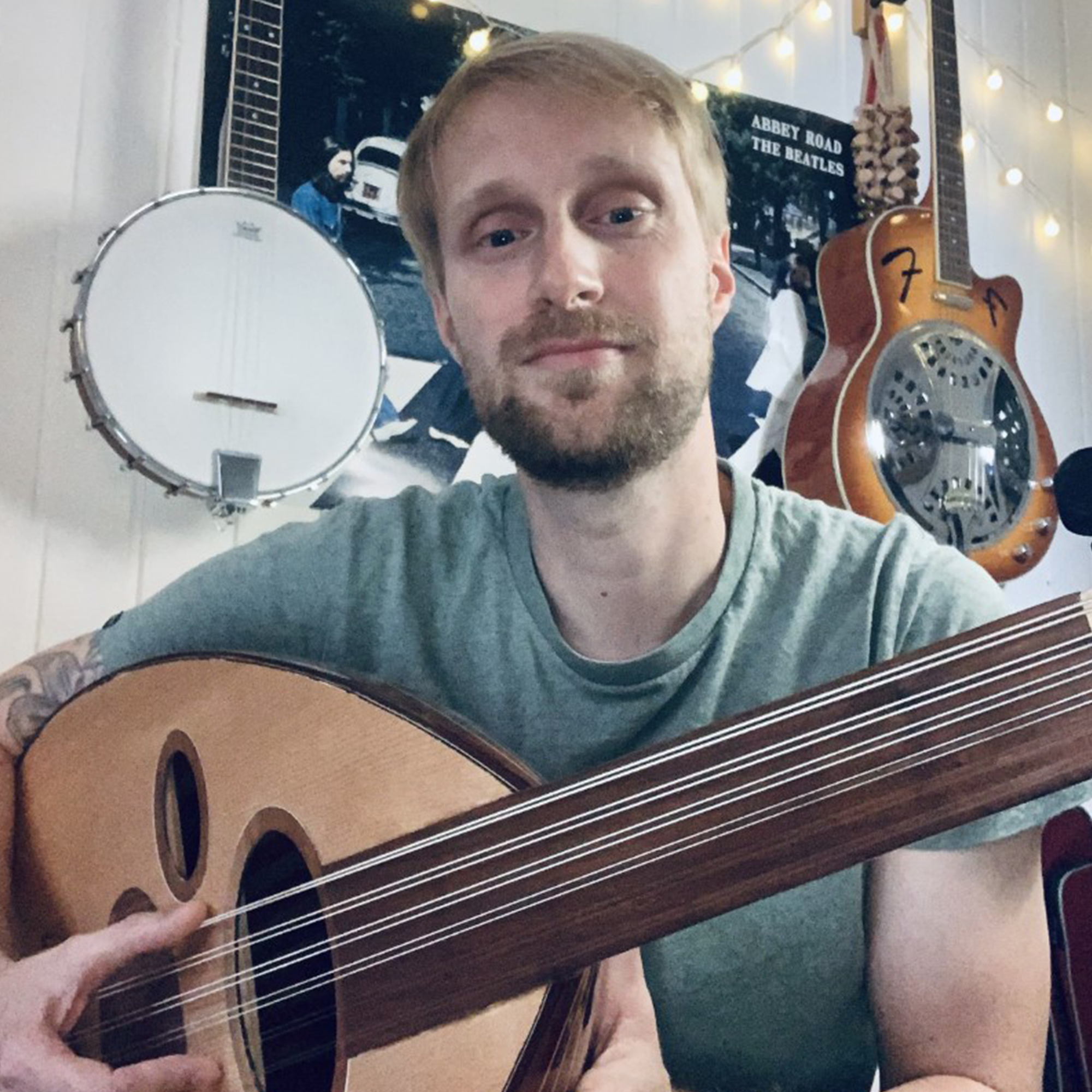
The musicians
The music was recorded in studios across the world, though primarily in Armenia and Iran. Our session lead, Olajide, lives in Yerevan and has access to a network of incredible musicians there. With the information given to him, he was able to “understand how the music was composed relative to the interactivity that was in mind for the game,” Olajide said. “There were things that were written out explicitly and there was a lot of room for improvisation. That was something I thought was quite cool, while there were certain specific melodies that were written out, the musicians were given a lot of room to improvise as well.”
Olajide has built up an expansive list of talented musicians to pull from during his time in the Caucasus, from Georgia and Armenia, to Iran. “When Christian came to me with a list of instruments for the project,” Olajide shared, “I looked at it and saw I’ve worked with all these musicians before in Armenia and in Iran, but since I live in Armenia, I’ll record them there. We had recently worked with a great duduk player for Ancient Duduk Phrases for Sonuscore, so that was a natural choice.”
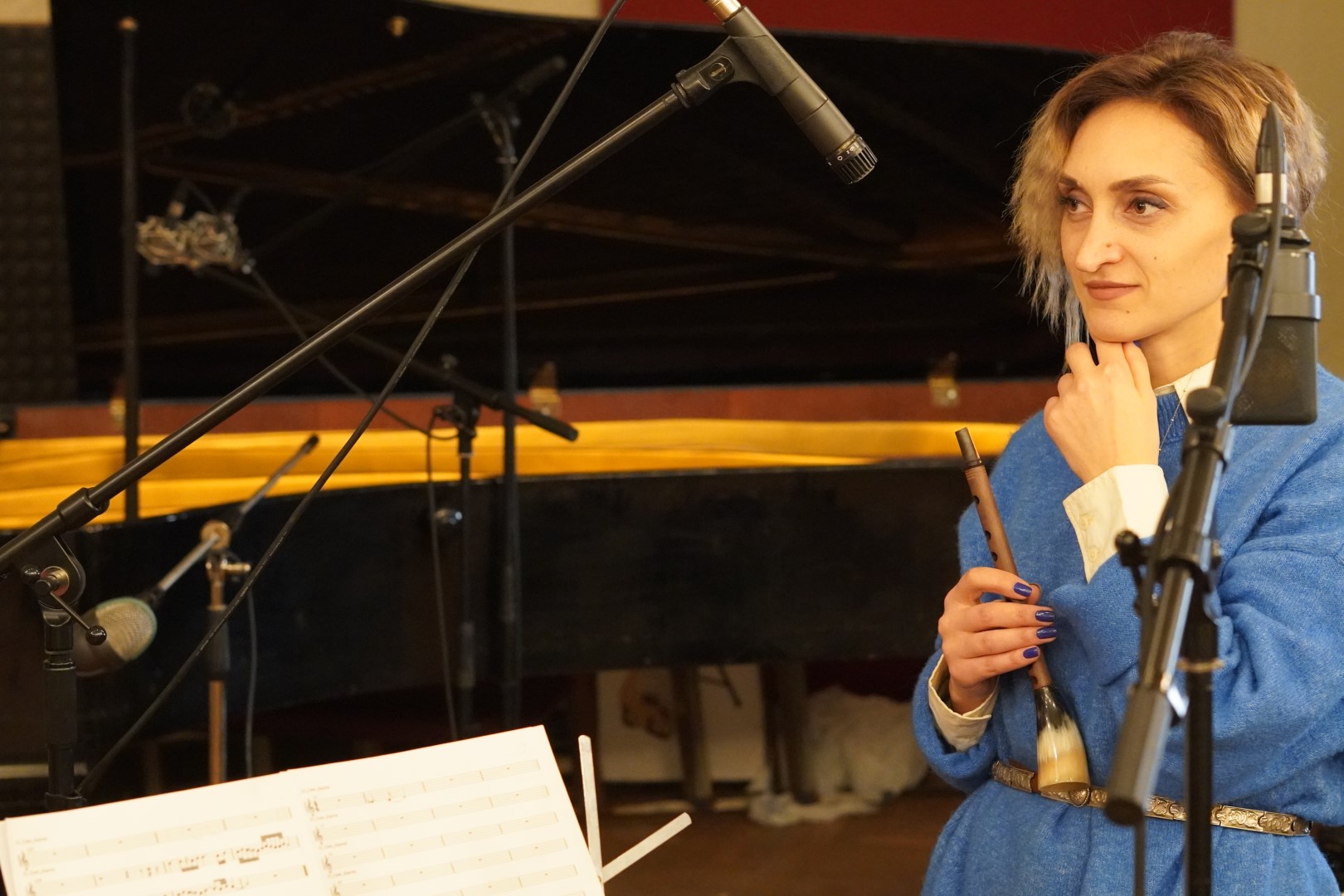
“In Iran I have a collaborator, Parsa Shomali, whom I originally met in Tbilisi – he was a student at the Tbilisi Conservatory and came up through my internship program. Because he’s already worked with me in person, he has an idea of how I work and I trust him as a co-producer, since we don’t have the possibility of real-time monitoring of sessions in Iran. He took care of all the vocalists.”
The bulk of the Armenia sessions were done at the Composers’ House, a building that had once belonged to the old Soviet Composers’ Union of Armenia. “It’s got a cool room, this octagonal-circular live room that has good acoustics if you’re recording a small ensemble or if you’re recording a soloist.”
The Sound of the Malian Empire
The Malians were a West-African empire ranging out from present-day Mali all the way to Senegal on the coast, the size of which only the Mongol Empire exceeded at that time. They’re the first African-based empire to be introduced into the Age of Empires IV game environment. Henning and Armin dealt with writing most of the music for the Malian Empire, working with Germany- and Paris-based musicians from Senegal, and some assistance from Christian in finding the musicians.

“The sound of Mali is drum-driven with lots of polyrhythms,” Henning says. A polyrhythm is when two or more rhythms are played simultaneously in time with each other. “There is often a set of djembes, a dununba, sangba, and kenkeni providing a solid rhythmic basis for vocal or instrumental performances.”
We tapped into the immense talent of Modou Seck for the percussion. “A wonderful musician and percussion player,” Christian calls him.
Griot tradition
Malian music was often centered around the telling of family histories, a process led by an individual known as a griot. As such, the vocals and the rhythms which they sing over are what stand out the most.
“There were quite a few recordings of different vocalists and percussions for the Malian Civ,” Henning says. “Kandara Diabaté provided male vocals – he comes from a griot family in Senegal. Female vocals were sung by Fanta Mara Diabaté who came from Paris to our studios in Mainz.”
It was difficult finding the musicians for the Malian Empire since we were looking for something very rare: Singing in a typical Malian style. Christian tells us: “We were lucky to make contact with an expert of this musical scene, Modou Seck. He lives not too far from Mainz. He made the contact to those excellent singers you can hear on the score. They all know each other very well from performing together many times.”
“Those were some exciting sessions,” Christian continues. “One of the singers, Fanta, came from France to us for the recording session. She only speaks French, so that was interesting for us during the recording. But music is a universal language, so it all worked out wonderfully in the end.”
Unique instruments
West Africa is a true well-spring of unique and amazing instruments. “The djeli n’goni is a very old, mostly four-stringed lute with a body made of calabash. It’s used by the griots to sing the history and tales of their tribe,” Henning says. “I used different tunings and various techniques for the different layers and Ages.
“The sokou is a one-string fiddle also made of calabash and played with a very short bow. It’s quite piercing and I used some lower tunings to make the sound a bit less biting here and there. For a feel of progression, I ‘invented’ a kind of sokou-ensemble by adding a down-tuned octave violin with each string representing a different sokou.”
The West African sound was not just strings and percussion though. In the soundtrack, we also used fula flutes. “They are a specialty of the Fulani people,” Henning explains. The Fulani are a pastoral people who range across West Africa. “They are basically transverse flutes but with only three finger holes. So for a complete diatonic set of notes, there’s a lot of overblowing going on. This also triggers a bunch of overtones which give these flutes their absolutely special sound. I got two flutes with different tunings to cover the tonalities of the First and Second Ages.”
Henning also used the kudu horn for the aggressive war horns in the heavy combat sequences. “It’s impressive how loud this one gets,” he says, referring to the one he used for recording.
The soundtrack continues
Creating that perfect balance of authenticity and cinematic sound is something our composers have really dedicated to doing for the Age of Empires IV soundtrack. Cooperating with the excellent Lin Gardiner at Relic and all the amazing musicians across the world has been an incredible experience for everyone, and we really look forward to more in the civilizations to come!
Check out Age of Empires IV and listen to how the music changes seamlessly, as though it were written for your gaming session alone. Learn more about the game here.
Listen to the original soundtrack
You can also get the soundtrack on Steam.
Credits
Ottoman Civilization
Composers: Christian Wirtz (Ages 1-3) & Alexander Röder (Age 4)
Orchestra Recording Session Budapest Hungary: Budapest Symphonic Scoring Orchestra recorded @ Hungarian Radio Station
Orchestrator: David Christiansen
Session Producer: David Christiansen
Conductor: Peter Pejtsik
Recording Engineer: Miklos Lukacs
Pro Tools Engineer: Gabor Bucko
Orchestral Mix: Christian Wirtz
Recording Manager: Marcell Kelemen, Christian Wirtz
Armenia recordings at composers union of armenia, yerevan.
Qanun – Mayranush Rubenyan
Duduk & Pku – Anna Mkhitaryan
Kamancha – Meri Galstyan
Producer – Olajide Paris
Vahe Baghdasaryan – Recording Engineer
Score Assistant/Runner – Mika Arzumanyan
Percussion Recording Barcelona, Spain
Darbukas, Riq, Daf – Omar Kattan
Solo Recordings
Udu Drum – Alexander Röder – Germany
Oud, Saz, Mandocello, Guitars, additional flutes and percussion – Christian Wirtz – Germany
Concert Flute – Katharina Wirtz – Germany
Mey, Kaval, Ney, Bansuri – Sandro Friedrich – Switzerland
Euphonium & Bass Trombone – Christoph Pimpl – Germany
Ottoman Vocal Ensemble – Iran
Soloist: Milad Mehrava
Ensemble: Milad Mehrava Kaveh Ramezanzadeh Sarem Saba
Recorded at Khorshid Studio Recording engineer: Mehdi Ramezani
Supervisor: Parsa Shomali
Malian Civilization
Composers: Henning Nugel (Ages 1-2), Armin Haas (Ages 3-4)
Orchestra Recording Session Budapest Hungary: Budapest Symphonic Scoring Orchestra recorded @ Hungarian Radio Station
Orchestrator: David Christiansen
Session Producer: David Christiansen
Conductor: Peter Pejtsik
Recording Engineer: Miklos Lukacs
Pro Tools Engineer: Gabor Bucko
Orchestral Mix: Christian Wirtz
Recording Manager: Marcell Kelemen, Christian Wirtz
Solo Recordings
Djeli n’goni, sokou, fula flutes, violin, octave viola, Kalimba, Kudu Horn: Henning Nugel
Fula flute: Armin Haas
Mali Solo Recordings at Dynamedion Studios, Mainz, Germany
Singers: Mamoudou Doumbouya, Kandara Diebaté, Fanta Diabate
Percussion: Modou Seck
Session Engineer: Matthias Meeh
Producer: Matthias Meeh, Marcell Kelemen, Christian Wirtz
FIRST REACTIONS
“…amazing job, seriously. The ingame music is a Masterpiece. It gives you chills, it lets you feel heroic, it sets the mood, the tone. Rarely I have seen anything comparable…Well done.”
•
“Sound design and music design of this game is astounding… 10/10”
•
“The voice acting and music in this game is just 🖤“
•
“EXCELLENT JOB to everyone involved in music and sound.“
Are you also interested in working together with Dynamedion? Check out our services and tell us more about your project!
